
BMW 3-Series M3 (2014-2018) engines, drive and performance
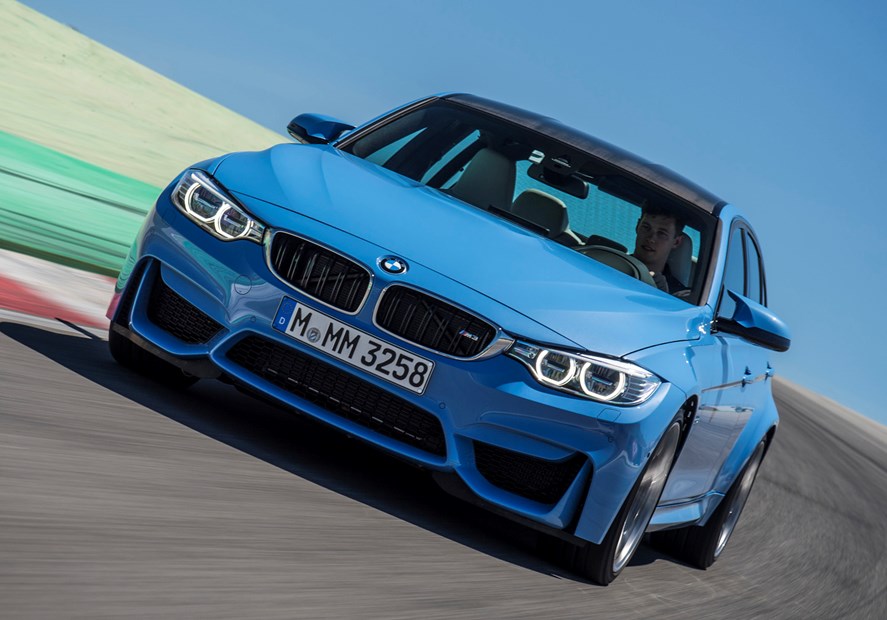
Think of this car as a road-going missile and you’ve effectively summed up BMW M3 performance.
Acceleration figures of 4.1 seconds to cover the 0-62mph test in the M-DCT automatic version – and 4.3 for the six-speed manual – are identical to the M4 coupe, and while both models are electronically governed to a top speed of 156mph, indications are from our autobahn experience on the launch that they will go faster.
This is a four-door, five-seater saloon that offers genuine sports car performance, undoubtedly aided by a torque output which has increased by almost a third over the previous generation of V8-engined M3s.
Turbocharged engines are infamous for ‘lag’ lower down in the rev range, where the performance is relatively ordinary until the spools of the forced induction system kick in. Not so with the M3. Its pair of small, lightweight turbos have a short inlet tract and very effective cooling of the air that’s passing through them. In short, more torque is available at lower engine speeds, with 550Nm itching to be deployed at the rear wheels from just 1,850rpm.
It’s not peaky in its delivery either, the rev counter’s needle arcing smoothly to around 5,500rpm with no tangible drop off in performance. There’s the merest of breathers on each gear change, before the revs rapidly rise again demanding the next ratio be selected. Floor the M3’s throttle at any speed and it seemingly has a deluge of torque on offer, making overtaking manoeuvres particularly effective and safe.
In the M3’s upper echelons of revs, there’s an angrier growl to the exhaust, amplified through the cabin’s speakers. Pootle around town at lower speeds and you’re accompanied by an orchestra of snarling pops and crackles. The cover of M3 subtle looks is blown apart by its soundtrack.
We’ve yet to test the six-speed manual transmission in the M3, but the optional seven-speed M-DCT dual clutch gearbox is an engineering marvel that maximises the car’s performance and efficiency.
It’s almost as smooth as a regular automatic transmission when you want it to be but switch between its three settings and you have a more brutal mode, one with an engaging kick in the back of your seat as you blip through the gears with the throttle wide open.
Good news if you prefer using the steering wheel-mounted paddle shifters too, which feel damped almost as though there’s a mechanical connection between them and the gearbox, rather than a PlayStation-esque pair of buttons.
BMW’s subjected the new M3 to a weight-saving programme in a quest to make it not only more efficient, but better-handling too.
At around 80kg lighter than the previous M3 saloon, versions fitted with the standard manual gearbox weigh just under 1,600kg, or around 200kg lighter than Mercedes’ outgoing C63 AMG saloon.
Undoubtedly the new 3.0-litre, six-cylinder engine’s lighter than the old model’s V8 but there are more tangible weight savings with carbon fibre used for the roof and driveshaft, while the bonnet and wings are fabricated from aluminium.
Those shapely and supportive M-specific seats weigh 6kg less than before, while the wheel-arch filling 19-inch forged alloy wheels also represent a 3kg saving.
With all of its electronic stability systems on, the M3 remains a comfortable yet devastatingly quick sports saloon, displaying agility more akin to a two-seater roadster. Some may feel the sensation is a little anaesthetised, the steering will push into safe understeer if tight bends are tackled too quickly, but turn off the traction control and it’s no longer a hindrance.
Its balance is impeccable allowing drivers who prefer to use the throttle to aid steering angle with rear end movement to do so, but you’ll need sharp reflexes to gather it all up again if you’re too liberal in your application of the accelerator pedal.
We found the middle of the MDM settings to be the best compromise allowing you to go a little gung-ho in your approach, making you look a hero behind the wheel, but with the electronics ready to save the day and stop you spinning around and looking a fool.
Body roll is kept to a minimum even in Comfort model, but selecting Sport or Sport Plus tautens the M3 to a degree of being virtually roll-less through corners.
There are similar settings for the steering too, increasing the weight but not the feel as you progress through them. Largely we found keeping it in Comfort was fine, the thick, padded steering wheel rim being a delight to hold and offering a decent level of communication.


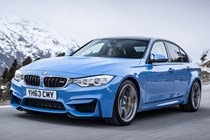
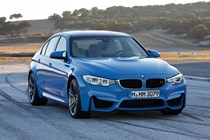
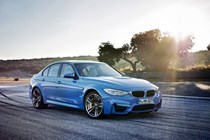
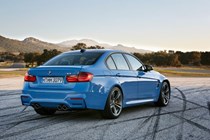
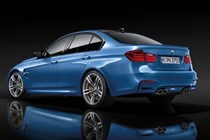
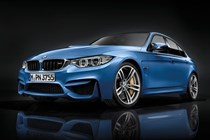

.jpg)
.jpg)
.jpg)
.jpg)
.jpg)
.jpg)
.jpg)
.jpg)
.jpg)
.jpg)
.jpg)
.jpg)
.jpg)
.jpg)
.jpg)
.jpg)
.jpg)
.jpg)
.jpg)
.jpg)
.jpg)
.jpg)
.jpg)
.jpg)
.jpg)
.jpg)
.jpg)
.jpg)
.jpg)
.jpg)
.jpg)
.jpg)
.jpg)
.jpg)
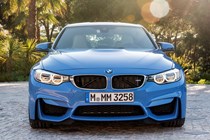

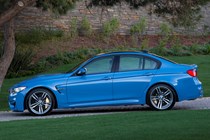
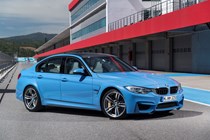
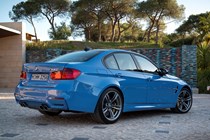
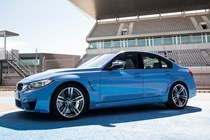
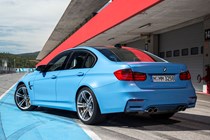
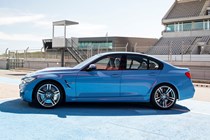
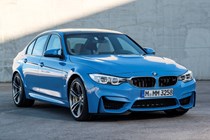
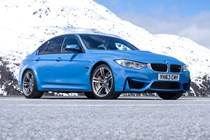
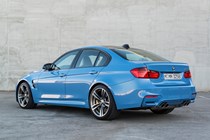
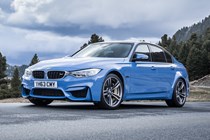
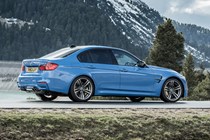

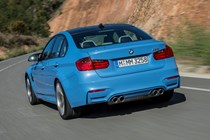
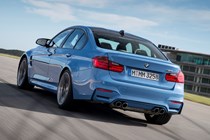
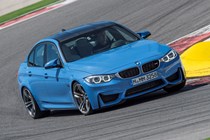
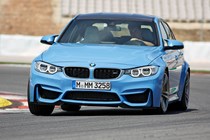
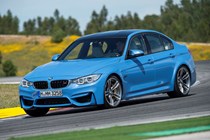
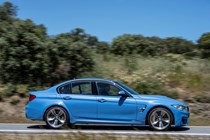
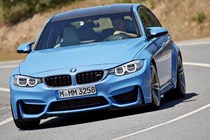
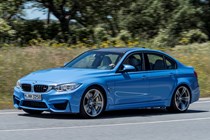
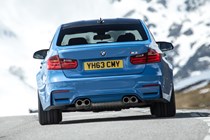
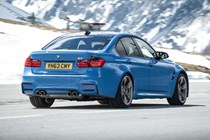
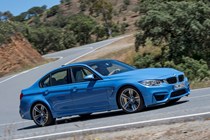
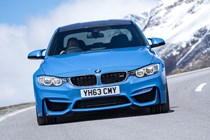
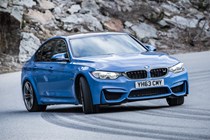
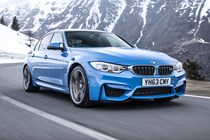
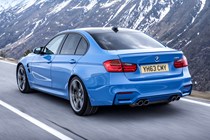
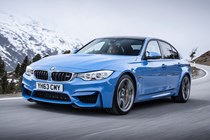

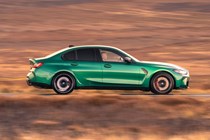
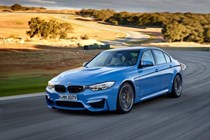
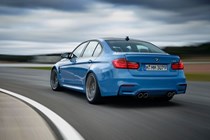
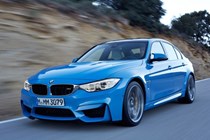
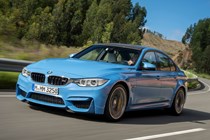
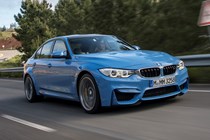
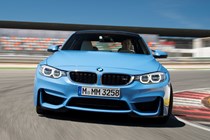
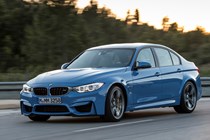
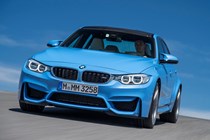
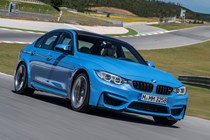
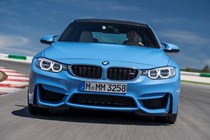
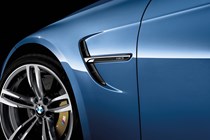
.jpg)
.jpg)
.jpg)
.jpg)
.jpg)
.jpg)
.jpg)
.jpg)
.jpg)
.jpg)
.jpg)
.jpg)
.jpg)
.jpg)
.jpg)
.jpg)
.jpg)
.jpg)
.jpg)
.jpg)
.jpg)
.jpg)
.jpg)
.jpg)
.jpg)
.jpg)
.jpg)
.jpg)
.jpg)
.jpg)
.jpg)
.jpg)
.jpg)
.jpg)
.jpg)
.jpg)
.jpg)
.jpg)
.jpg)
.jpg)
.jpg)
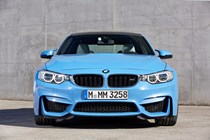
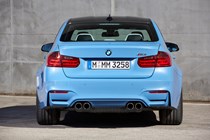
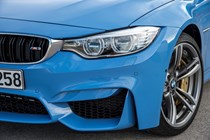
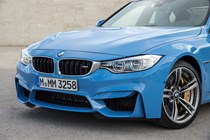
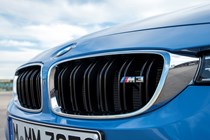
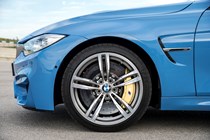
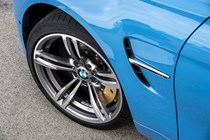
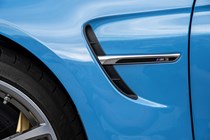
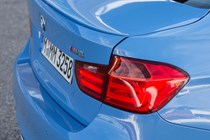
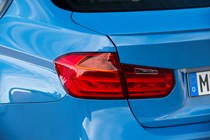
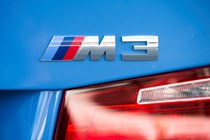
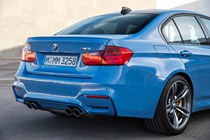
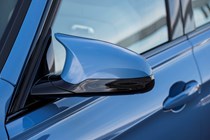
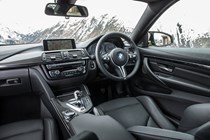
.jpg)
.jpg)
.jpg)
.jpg)
.jpg)
.jpg)
.jpg)
.jpg)
.jpg)
.jpg)
.jpg)
.jpg)
.jpg)
.jpg)
.jpg)
.jpg)
.jpg)
.jpg)
.jpg)
.jpg)
.jpg)
.jpg)
.jpg)
.jpg)
.jpg)
.jpg)
.jpg)
.jpg)
.jpg)
.jpg)
.jpg)
.jpg)
.jpg)
.jpg)
.jpg)
.jpg)
.jpg)
.jpg)
.jpg)
.jpg)
.jpg)
.jpg)
.jpg)
.jpg)
.jpg)
.jpg)
.jpg)
.jpg)
.jpg)
.jpg)
.jpg)
.jpg)
.jpg)
.jpg)
.jpg)
.jpg)
.jpg)
.jpg)
.jpg)
.jpg)
.jpg)
.jpg)
.jpg)
.jpg)
.jpg)
.jpg)
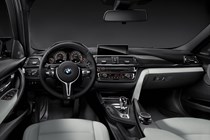
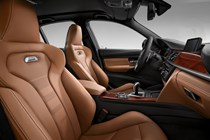
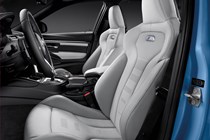

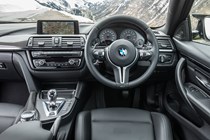
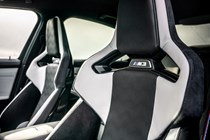
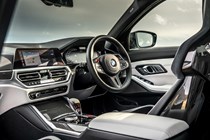
.jpg)
.jpg)
.jpg)
.jpg)
.jpg)
.jpg)
.jpg)
.jpg)
.jpg)
.jpg)
.jpg)
.jpg)
.jpg)
.jpg)
.jpg)
.jpg)
.jpg)
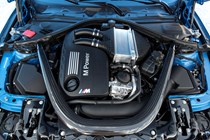







.jpg?quality=50)
.jpg?quality=50)
.jpg?quality=50)
.jpg?quality=50)
.jpg?quality=50)
.jpg?quality=50)
.jpg?quality=50)
.jpg?quality=50)
.jpg?quality=50)
.jpg?quality=50)
.jpg?quality=50)
.jpg?quality=50)
.jpg?quality=50)
.jpg?quality=50)
.jpg?quality=50)
.jpg?quality=50)
.jpg?quality=50)
.jpg?quality=50)
.jpg?quality=50)
.jpg?quality=50)
.jpg?quality=50)
.jpg?quality=50)
.jpg?quality=50)
.jpg?quality=50)
.jpg?quality=50)
.jpg?quality=50)
.jpg?quality=50)
.jpg?quality=50)
.jpg?quality=50)
.jpg?quality=50)
.jpg?quality=50)
.jpg?quality=50)
.jpg?quality=50)
.jpg?quality=50)











































.jpg?quality=50)
.jpg?quality=50)
.jpg?quality=50)
.jpg?quality=50)
.jpg?quality=50)
.jpg?quality=50)
.jpg?quality=50)
.jpg?quality=50)
.jpg?quality=50)
.jpg?quality=50)
.jpg?quality=50)
.jpg?quality=50)
.jpg?quality=50)
.jpg?quality=50)
.jpg?quality=50)
.jpg?quality=50)
.jpg?quality=50)
.jpg?quality=50)
.jpg?quality=50)
.jpg?quality=50)
.jpg?quality=50)
.jpg?quality=50)
.jpg?quality=50)
.jpg?quality=50)
.jpg?quality=50)
.jpg?quality=50)
.jpg?quality=50)
.jpg?quality=50)
.jpg?quality=50)
.jpg?quality=50)
.jpg?quality=50)
.jpg?quality=50)
.jpg?quality=50)
.jpg?quality=50)
.jpg?quality=50)
.jpg?quality=50)
.jpg?quality=50)
.jpg?quality=50)
.jpg?quality=50)
.jpg?quality=50)
.jpg?quality=50)














.jpg?quality=50)
.jpg?quality=50)
.jpg?quality=50)
.jpg?quality=50)
.jpg?quality=50)
.jpg?quality=50)
.jpg?quality=50)
.jpg?quality=50)
.jpg?quality=50)
.jpg?quality=50)
.jpg?quality=50)
.jpg?quality=50)
.jpg?quality=50)
.jpg?quality=50)
.jpg?quality=50)
.jpg?quality=50)
.jpg?quality=50)
.jpg?quality=50)
.jpg?quality=50)
.jpg?quality=50)
.jpg?quality=50)
.jpg?quality=50)
.jpg?quality=50)
.jpg?quality=50)
.jpg?quality=50)
.jpg?quality=50)
.jpg?quality=50)
.jpg?quality=50)
.jpg?quality=50)
.jpg?quality=50)
.jpg?quality=50)
.jpg?quality=50)
.jpg?quality=50)
.jpg?quality=50)
.jpg?quality=50)
.jpg?quality=50)
.jpg?quality=50)
.jpg?quality=50)
.jpg?quality=50)
.jpg?quality=50)
.jpg?quality=50)
.jpg?quality=50)
.jpg?quality=50)
.jpg?quality=50)
.jpg?quality=50)
.jpg?quality=50)
.jpg?quality=50)
.jpg?quality=50)
.jpg?quality=50)
.jpg?quality=50)
.jpg?quality=50)
.jpg?quality=50)
.jpg?quality=50)
.jpg?quality=50)
.jpg?quality=50)
.jpg?quality=50)
.jpg?quality=50)
.jpg?quality=50)
.jpg?quality=50)
.jpg?quality=50)
.jpg?quality=50)
.jpg?quality=50)
.jpg?quality=50)
.jpg?quality=50)
.jpg?quality=50)
.jpg?quality=50)







.jpg?quality=50)
.jpg?quality=50)
.jpg?quality=50)
.jpg?quality=50)
.jpg?quality=50)
.jpg?quality=50)
.jpg?quality=50)
.jpg?quality=50)
.jpg?quality=50)
.jpg?quality=50)
.jpg?quality=50)
.jpg?quality=50)
.jpg?quality=50)
.jpg?quality=50)
.jpg?quality=50)
.jpg?quality=50)
.jpg?quality=50)
